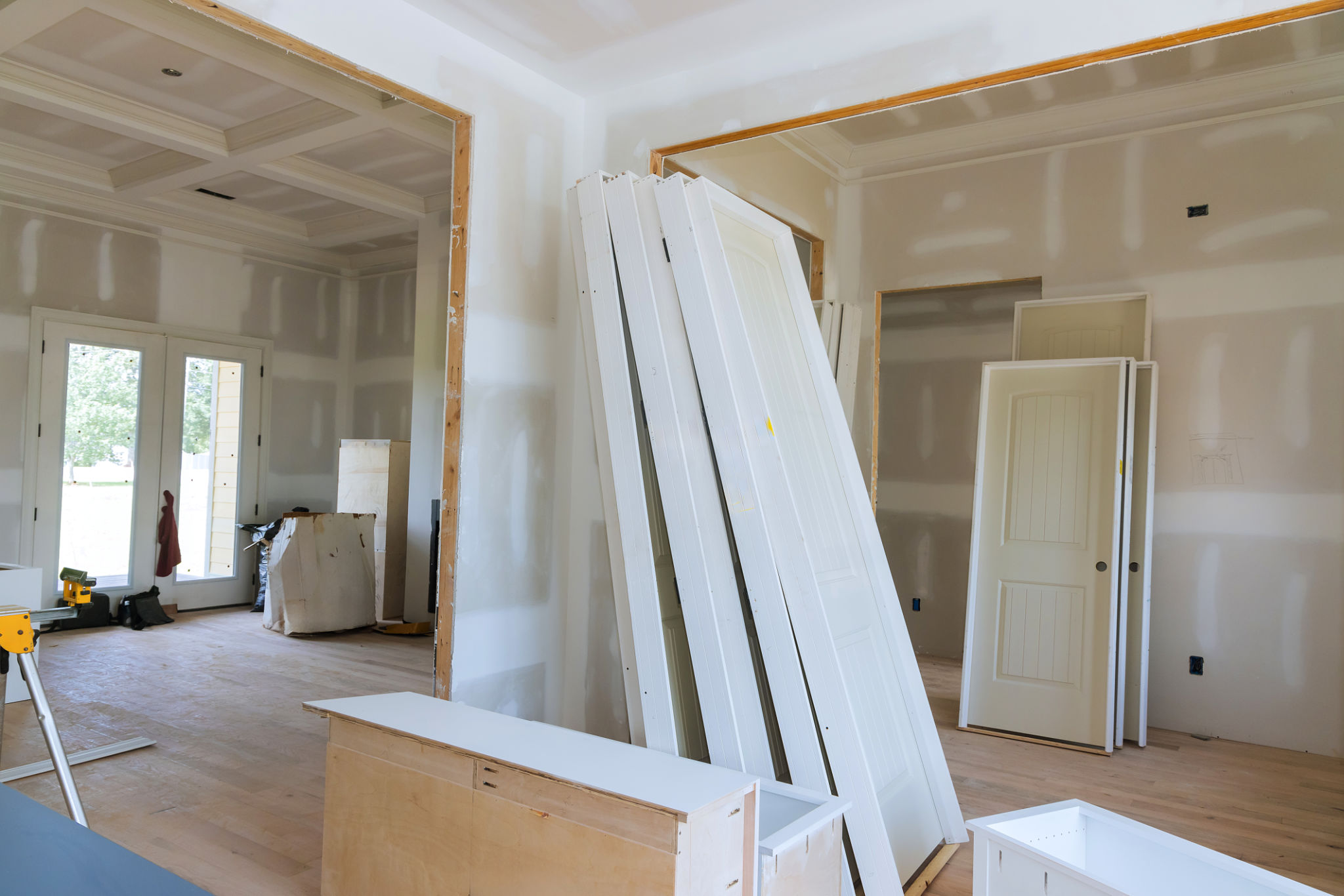The Ultimate Guide to Drywall Repair: Tips from Williamsburg Experts
AG
Understanding Drywall Repair
Drywall is a staple in modern construction, offering a smooth and durable surface for interior walls and ceilings. However, it's not immune to damage. From minor dings to major holes, understanding how to repair drywall is crucial for maintaining the aesthetics and functionality of your home. This guide, featuring insights from Williamsburg experts, will walk you through the essential steps.

Identifying Common Drywall Issues
Before diving into repairs, it's important to identify the type of damage you're dealing with. Common issues include:
- Nail Pops: Small circles that appear on the surface, usually due to nails coming loose.
- Dents and Dings: Minor damages often caused by furniture or accidental bumps.
- Holes: Ranging from small holes caused by screws to larger ones from accidental impacts.
Essential Tools and Materials
Having the right tools and materials is crucial for effective drywall repair. Here’s what you’ll need:
- Utility Knife: For cutting and trimming drywall.
- Joint Compound: A must-have for filling gaps and smoothing surfaces.
- Drywall Tape: Used to cover seams and prevent future cracking.
- Sanding Block: Ensures a smooth finish post-repair.

Step-by-Step Repair Process
For small holes and dents, start by cleaning the area and removing any loose debris. Apply a layer of joint compound using a putty knife, feathering the edges to blend seamlessly with the surrounding wall. Once dry, sand the area until smooth.
Larger holes require a patch. Cut a piece of new drywall slightly larger than the hole, secure it in place, and cover the seams with drywall tape. Apply several layers of joint compound, sanding between each layer for a perfect finish.
Finishing Touches
After repairs, painting is often necessary to match the existing wall color. Use a primer before applying paint to ensure even coverage and adhesion. Choose a high-quality interior paint for the best results.

Preventing Future Damage
To minimize future drywall damage, consider using corner guards in high-traffic areas and ensure that furniture is positioned away from walls. Regularly check for signs of moisture, as water damage can compromise drywall integrity.
If you’re uncertain about tackling repairs yourself, consulting a professional can save time and ensure quality results. Williamsburg experts are ready to assist with personalized advice and services tailored to your needs.
Conclusion
Repairing drywall doesn’t have to be daunting. With the right tools and techniques, you can restore your walls to their original glory. Whether you're a DIY enthusiast or prefer professional help, understanding the process is key to successful repairs. Keep this guide handy for your next drywall repair project!